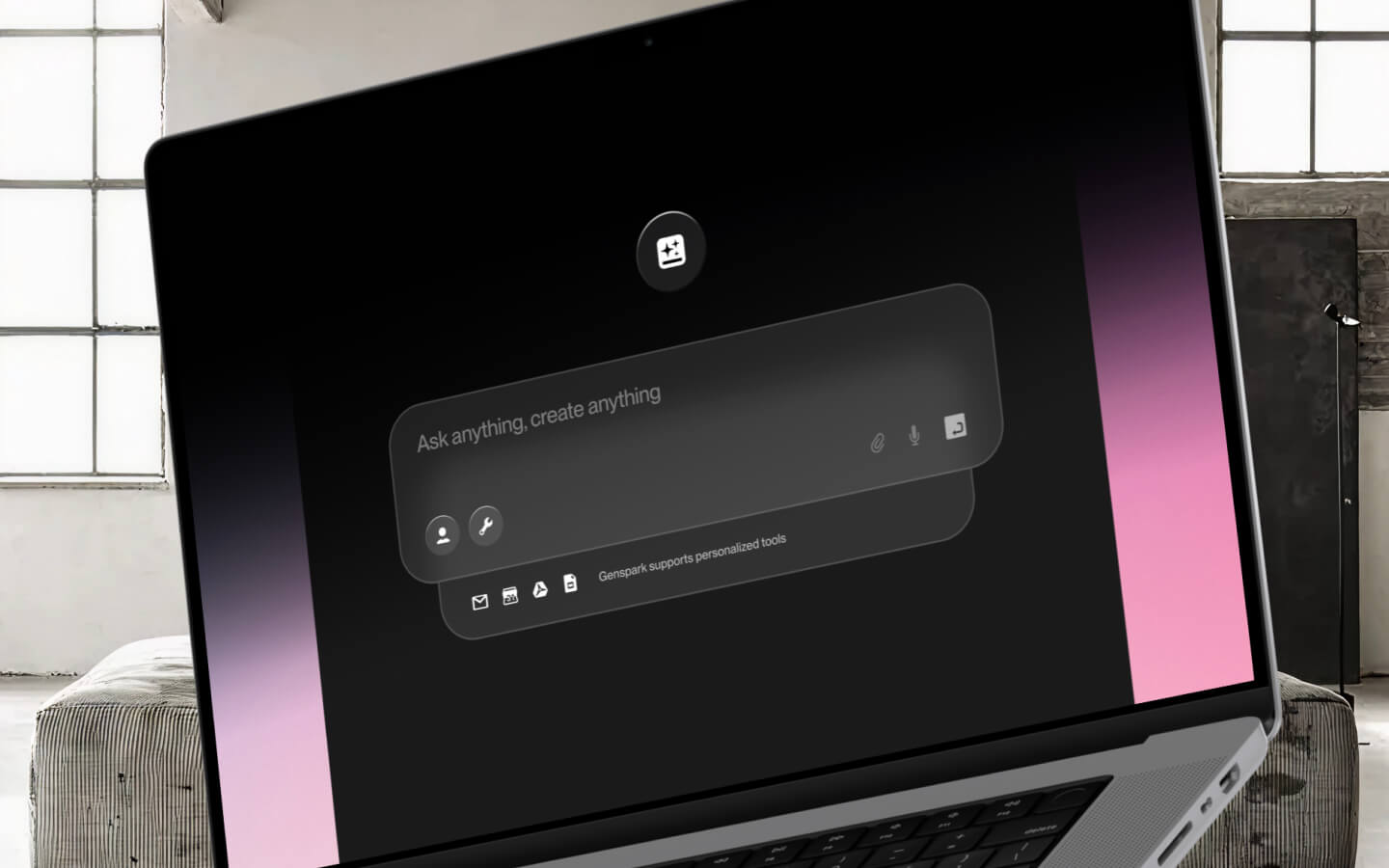Venture capital is a game of home runs. And, every once and a while, grand slams. Stemcentrx was one of those grand slams. Stu Peterson of ARTIS Ventures led the first institutional round of financing in March 2011, putting in $18M for nearly 15% of the company. Five years later, Stemcentrx was purchased by AbbVie for $10.2B, which made it the second largest private, venture-backed acquisition of all time (after WhatsApp) and the largest private, venture-backed biotech acquisition of all time.
As a student of the venture industry, I was really curious as to how Stu did it. He’s not a bio-tech focused investor nor a scientist (econ undergrad + MBA), so how did he know that this stem cell-based cancer treatment provider was a decacorn-to-be?
Stu was kind enough to talk me through the story behind his investment. What I learned surprised me and caused me to rethink the potential for the relationship between VCs and the investors that back them (LPs).
~~~~~~~~
Jake Saper, Emergence Capital (JS):
Tell us a bit about how you first learned of Stemcentrx.
Stuart Peterson, ARTIS (SP):
Dan Reiner, the Founding CEO and Chairman of Stemcentrx was one of our earliest supporters at ARTIS. Dan was an investor in ARTIS from Day 1, way back to the inception in 2001. So we knew and respected Dan before he and his partners even conceived Stemcentrx.
While working on a transaction in 2008, Dan met Brian Slingerland, head of tech banking at Goldman Sachs, and began discussing what was to become Stemcentrx. Brian shared the hypothesis and science behind a stem cell-centric targeted approach to solid cancer tumor treatment that he and his good friend Scott Dylla believed could lead to significant life advantage.
JS:
Wow. So the company which became the biggest VC-backed biotech acquisition of all time was founded by one of your investors. He invested in you, and then you invested back in him. That's wild.
How did you decide to do it? In 2011, biotech wasn’t really a hot sector for VCs. So what did you know that other investors didn’t?
SP:
Dan knew that funding the first institutional round for Stemcentrx could prove to be difficult as the "hot" areas of tech in 2011 were anything other than biotech and life sciences. In fact, when Marc Andreessen and Ben Horowitz launched Andreessen Horowitz in 2009 they included life sciences on their list of domains for which they were “not an appropriate investor.”
However, we knew Dan and his past successes and failures well. And he knew we were and still are excited to play the long game if the science is strong, particularly if it means going against the crowd.
JS:
Without a deep science background yourself, how did you get comfortable with the technology risk?
SP:
First and foremost, we leveraged the expertise in our network -- and our network’s network. We, along with our Limited Partner (LP) investor base, have strong life sciences contacts at universities like Stanford and throughout the industry. Many of our LPs have advised and supported multiple life science companies throughout their life cycle.
That being said, we’ve found that sometimes advisors with deep industry experience and early battle scars can actually talk you out of investing in a great company. If you’ve been entrenched in a space for a long time, it’s possible to have some inherent skepticism around new ideas. We really had to get our advisors to engage in the science in order to get their support.
JS:
What were the competitive dynamics around the deal?
SP:
Well again, remember that in 2011, few VCs were investing in the area of life sciences. Successes like Facebook, Zynga, and Groupon had blinded much of the venture community to opportunities outside of those “hot” social sectors. So, no matter how strong the science or how big the wave, there were literally only a handful of funds that would consider their first institutional round.
JS:
What’s your secret weapon in sourcing? What has worked best for you?
SP:
Secret weapon? Well, not sure I’d call it a secret, but we truly believe in building an engaged group of investors (LPs), all whom have added tremendous value.
Unlike most VCs, we don’t solely focus on raising institutional money. We believe in taking investments from individuals who have had outsized success in the areas we invest in. These tend to be people who are also eager to invest in, advise, and support another generation of emerging disruptive technologies.
JS:
So your LP base is your secret weapon. How, specifically, have they added value in sourcing (other than founding great companies themselves, obviously)?
SP:
We make a concerted effort at ARTIS to communicate our passions to everyone in our network. And by everyone, I mean everyone -- our lawyers, our bankers, our recruiters, our brokers, even our landlords.
If someone is passionate about an industry and you happen to be funding a company in that space, it can invigorate many people in your network. Big bold ideas backed by brilliant teams act as a magnet. People get excited, and the next thing you know they want to not only invest in your fund, but find a way to help support and add value to the portfolio. It’s infectious.
But it’s not just finding and networking with people who share similar passions and interests. A key to success with this model comes from the transparent flow of information between all parties -- General Partners, Limited Partners, CEOs, Founders and so on. We recently had a CEO tell us “we have the best VCs in the world, but nobody is family like you guys.”
We’ve also found recently that when we talk to partners at some of the biggest VC firms out there, they love the idea of moving more towards a smaller partnership model. They all want to go start a smaller, $200-400M fund with a great group of partners and more flexibility that works more like a family.


